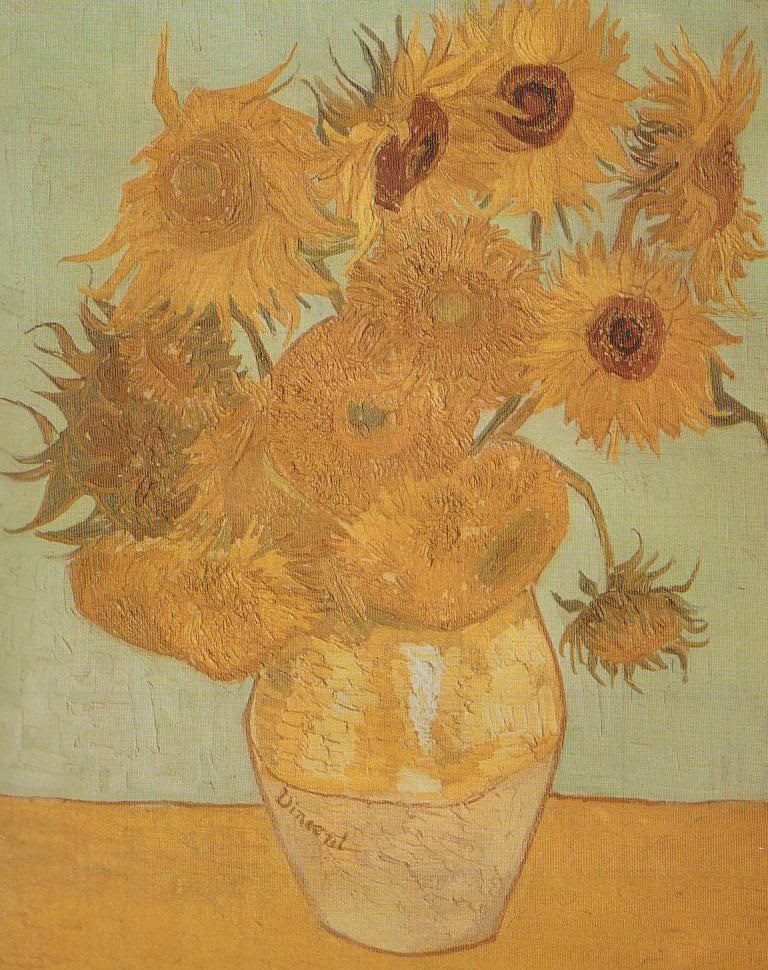
Objective: To visually enhance poetry and writing through texture and color
Ages: 5+
Time: 20-45 minutes (writing varies)
Grades: Kindergarten +
Materials:
A great activity for any season! This is a ‘sticky’ experience, but one the kids will remember.
Lesson – Descriptive Sentences
SAMPLE WRITING: The Pretty Tree
This student read about trees and leaves and wrote her descriptive paragraph with background knowledge.
“As I am just sitting with other trees beside me, off in a distance, I could see the sun going down. Then it got darker and darker and darker. Next, I awoke. I heard a… TWEET … Suddenly, there was a bird resting on my twiggy branch. Before I knew it, kids were climbing up on me. They were pulling off my leaves, OUCH! When winter came and the kids were playing in the snow, I was waiting for my leaves to grow back and when spring came, my leaves were back and I was pretty again.” – Jamie, Grade 2
Instructions:
- As an inspirational activity, have the kids choose their subject and use masking tape to create their topic. Trees, forests and jungles always work. Encourage them to be creative.
- Tear the tape into specific shapes and sizes and gently press on to light colored paper creating their visual.
- Kids can use paint to embellish the background, or even crayons, markers or colored pencils. Encourage the kids to try sponge painting or dab the wet paint with a tissue, Kleenex, or paper towel. It will leave a textured look depending on the type of paint used. Add salt or sand to wet paint and you will have a completely textured ‘feel’ and ‘look’.
- Remind the kids to ‘think’ about their writing while they are adding their colorful details. This will be a part of developing their descriptive language.
- Allow them to write in a chosen genre, using their visual inspiration. Edit the writing and kids can rewrite in marker or more experienced writers can type instead.
- Attach the picture and writing creatively together.
Evaluation:
Incidental learning takes place when children independently explore and therefore, experimenting with art materials may lead to many other discoveries too. As part of your evaluation process, observe your students as they consider the amount of materials, shapes, and size of art mediums needed. Allow them to discuss what they see and learn during the pre-writing process. Focus on ‘descriptive vocabulary’ through their use of size, shape, texture and color. As they discuss their observations, record their descriptive language on the board as a word list. This will help guide their descriptive writing. Hence, previous knowledge, combined with new information and vocabulary will enhance their oral and written vocabulary. Prepare the children for what you are assessing and record your anecdotal notes for conferencing at a later time.

Additional Ways to Use This Lesson:
There are various writing activities you can use. Depending on the topic, kids can list descriptive words like a poem, write riddles or research facts. Descriptive and informational paragraphs are great ways to share details. Creative writing stories are easily inspired by the initial creation. Their vocabulary will undoubtedly come from their pre-writing experience. Perhaps your children can construct several visuals to show a beginning, middle and ending of a story. Attach the visuals to colored paper and embellish as needed. Lastly, in order to add more color, try colored masking tape. Perhaps you may want to use sponge or foam shapes, brushes or rollers. It will give your visual a whole new look!
About the Author:
 Kim Waltmire is a state and national award-winning educator. She holds an honorary seat with the 2006 USA Today All-Star Teacher team. Kim is a graduate from CCSU with a Masters in Early Childhood Education. She published a writing & literacy book; Picturesque Writing, now self-published as The Art of Visual Writing for elementary teachers K-5. Kim also published a Read-Along Series for primary grades, coupled with spelling, grammar, science and social studies lessons for k-12 with a home-school company. Her writing and Project Based Learning strategies were recognized and published in the Creative Classroom Teacher’s magazine; May/June 1998 issue. She was recognized for her educational contributions and Project Based Learning by Oprah Winfrey, interviewed on CNN, Fox News, and honored by the CT State Governor several times. Kim has taught elementary school for 28 years and presently an Educational Literacy Consultant. Kim’s passion is teaching writing literacy for all learning styles.
Kim Waltmire is a state and national award-winning educator. She holds an honorary seat with the 2006 USA Today All-Star Teacher team. Kim is a graduate from CCSU with a Masters in Early Childhood Education. She published a writing & literacy book; Picturesque Writing, now self-published as The Art of Visual Writing for elementary teachers K-5. Kim also published a Read-Along Series for primary grades, coupled with spelling, grammar, science and social studies lessons for k-12 with a home-school company. Her writing and Project Based Learning strategies were recognized and published in the Creative Classroom Teacher’s magazine; May/June 1998 issue. She was recognized for her educational contributions and Project Based Learning by Oprah Winfrey, interviewed on CNN, Fox News, and honored by the CT State Governor several times. Kim has taught elementary school for 28 years and presently an Educational Literacy Consultant. Kim’s passion is teaching writing literacy for all learning styles.
- Twitter: @kwaltmire
- LinkedIn: www.linkedin.com/in/kimwaltmire/
- Website: www.visualccl.com







